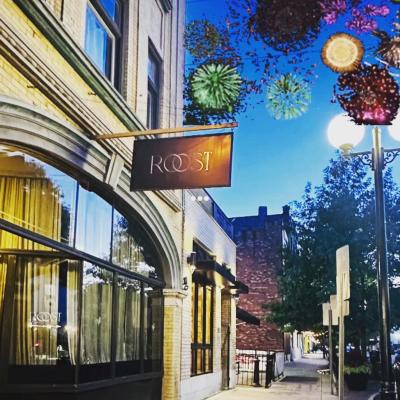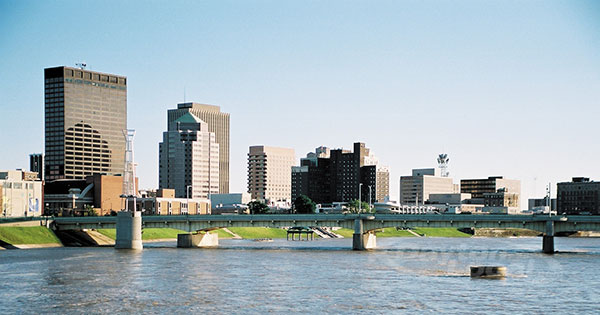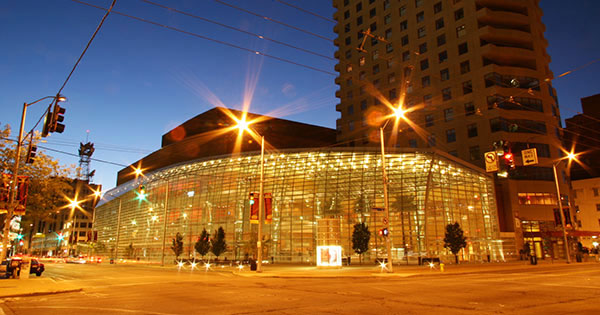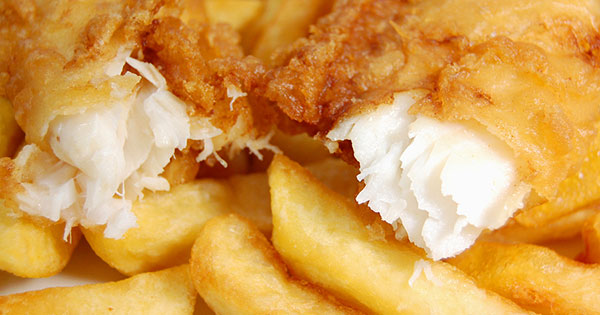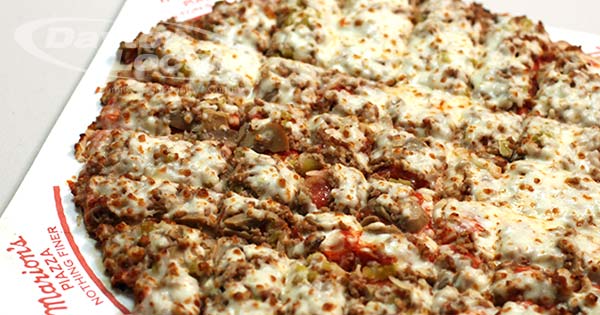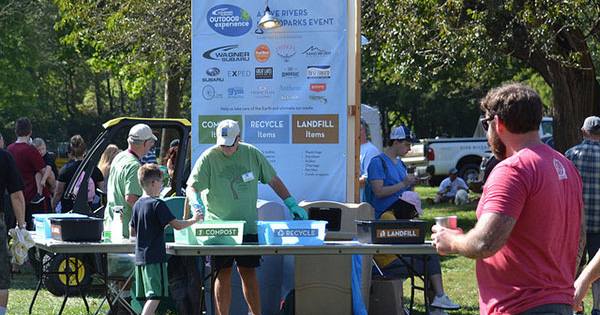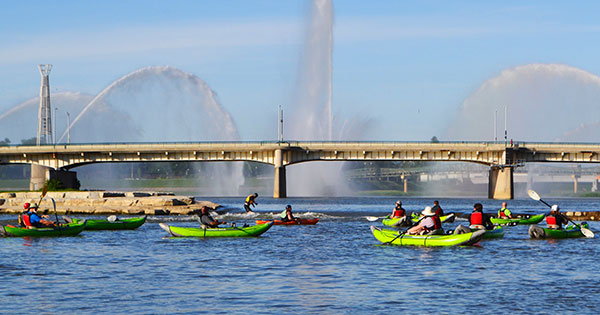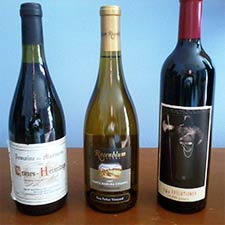
If you've wondered what ''Cotes du Rhone'' and ''Rhone-style blend'' mean, then I've got you covered this month.
Rhone-Style Blends
If you've wondered what “Cotes du Rhone” and “Rhone-style blend” mean, then I've got you covered this month. The Rhone River starts near Geneva, then runs south through some wonderfully picturesque and historic French wine-making regions. And the wines there are the inspiration for a lot of the blends from the US and Australia. The reds, in particular, run the gamut from easy-drinking café wines to some of the most powerful and seductive bottles you'll ever find.
The Rhone is one of the best examples of why blending is such an important, synergistic part of wine-making. Red and rosé Rhone wines are made from Syrah and usually some Grenache, and may also include grapes like Cinsaut, Mourvedre, and Carignan. White Rhone bottlings are made from Marsanne, Roussanne, Grenache Blanc, and perhaps some Viognier. In California, Rhone-style reds will often include Zinfandel or Petite Sirah – the Rhone-loving winemakers in Cali call themselves “Rhone Rangers” and live by their own rules. The Aussies might add some Cabernet Sauvignon or an Italian grape such as Bonarda or Dolcetto to the Syrah-Grenache base. Regardless of how the blend is assembled, you'll see how the combination of a tannic 'backbone' grape with a fruity 'fleshy' grape creates a wine that's drinkable when it's young and exuberant, but that also ages gracefully without going flat.
The Rhone is where Syrah (aka Shiraz) became famous, and many of the great Australian winemakers found their inspiration in Rhone valley wines. Penfolds Grange, arguably the greatest wine from Australia, has its origins in Shiraz cuttings transplanted in the 1830s from the Rhone valley.
A word about some of the subdistricts: there are more than a dozen villages in the Rhone recognized for the high quality of their local wines, and those village names may appear on the label. Blends across two or more of the villages are called simple “Cotes-du-Rhone Villages”. The best deals are usually found with those village names attached. Chateauneuf-du-Pape (CdP), near the historic city of Avignon, is one of the world-class wines I alluded to up top, but even a cheap CdP runs $50. However, just 10 miles away are the villages of Gigondas and Vacqueyras; the wines there can be every bit as good as Chateauneuf, for less than half the price. Some of my favorite brands from those “poor-man's CdP” villages include Les Trois Couronnes, Domaine les Palliers, and Dauvergne Ranvier. The northern Rhone subdistricts of Hermitage and Crozes-Hermitage also make amazing, dense, chewy, long-lived wines; but you aren't as likely to find bargains there.
Tasting Notes
Red Rhone blends have a great combination of dark, dense fruit and peppery or smoky notes, along with a velvety texture. You may also get some nice hints of cocoa or a meaty sense that pair wonderfully with stews, chili, and pot roast. They are medium-tannin, and the full texture makes them suitable for drinking with or without a meal.
White Rhones are notable for their full, heady, almost perfume-like floral aromas, along with a medium-to-full body that doesn't require oak. White Rhone blends are wonderful with summer fare like cold fried chicken, seafood salad, or pork chops.
Cheers!


